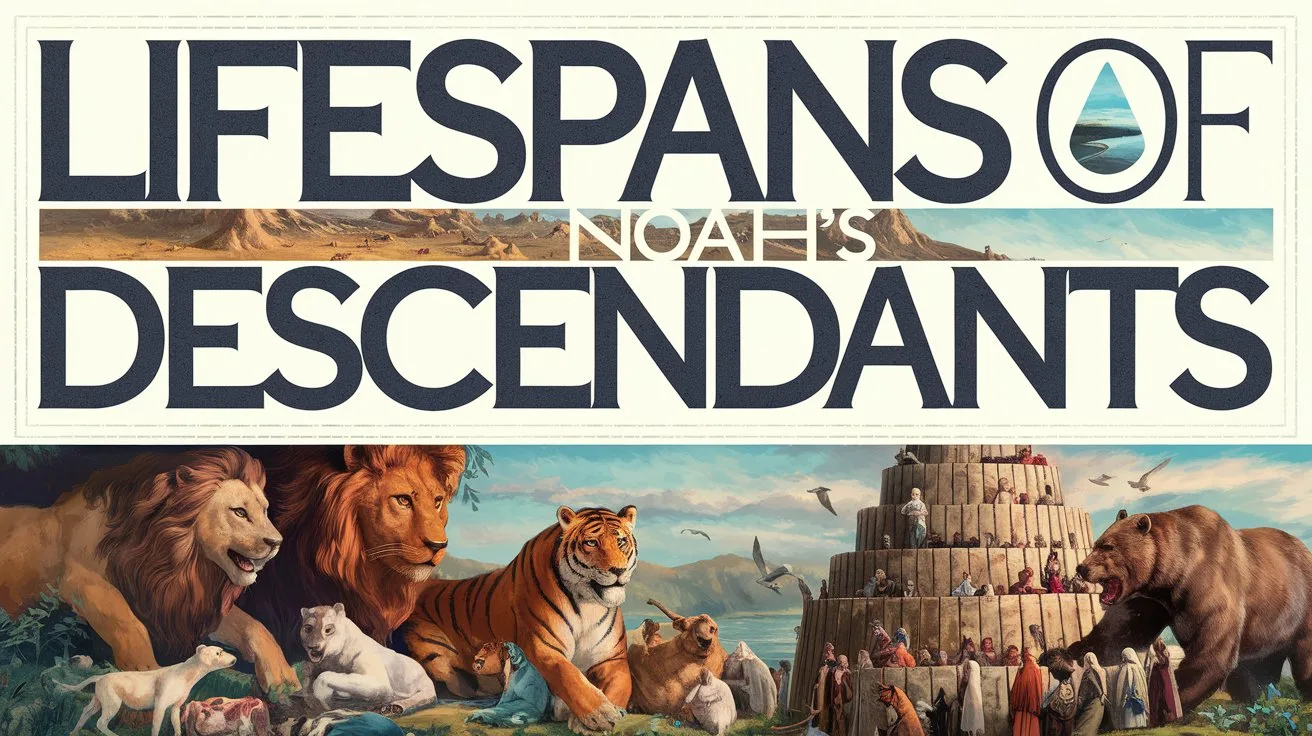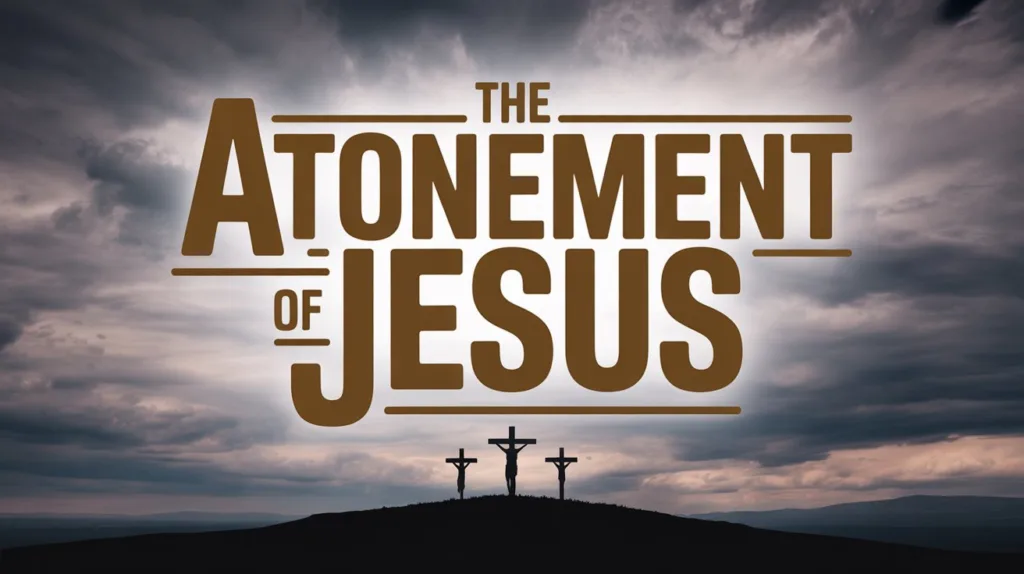When we study the lifespans of Noah’s sons and their descendants, we are looking at much more than just a list of names and numbers. These genealogies help us establish the timing of the Flood, the post-Flood world, and ultimately, the age of the earth.
Many people do not realize that there are differences in the way ancient texts record these genealogies. The Masoretic Text (MT), which is the foundation of our modern Old Testament, records lifespans and genealogies with a much shorter timeline than the Septuagint (LXX) or the Samaritan Pentateuch. These differences are not minor; they can shift the date of the Flood by more than 1,000 years and affect how we determine the biblical age of the earth.
The Lifespans of Noah’s Sons and the Post-Flood Decline
Noah had three sons: Shem, Ham, and Japheth. Each played a role in repopulating the earth after the Flood. While Ham and Japheth’s exact lifespans are not given, we have a clear record for Shem and his descendants.
Shem, who was 100 years old at the time of the Flood (Genesis 11:10), lived to be 600 years old (Genesis 11:11). However, his descendants lived progressively shorter lives:
Arphaxad (his son) lived 438 years.
Shelah lived 433 years.
Eber lived 464 years.
By the time of Abraham, lifespans had dropped to around 175 years (Genesis 25:7).
This decline in lifespan is significant. It suggests major post-Flood changes, possibly in environment, genetics, and atmospheric conditions. Some theories include:
A change in environmental conditions
(Before the Flood, the earth may have had a more stable climate, possibly even a vapor canopy that filtered harmful radiation.)
A genetic bottleneck (With only eight people repopulating the earth, genetic mutations and biological decline could have increased.)
This shortening of life expectancy is only preserved accurately in the Masoretic Text. Other texts artificially inflate the lifespans and the years between generations, stretching the timeline unnecessarily.
Why the Masoretic Text Is the Most Reliable for Dating the Flood and the Earth
There are three major sources for biblical chronology:
The Masoretic Text (MT)
: This is the Hebrew text from which our Old Testament is derived. It gives us the shortest and most consistent timeline, placing the Flood around 2304 BC.
The Septuagint (LXX): A Greek translation of the Old Testament; it adds over 600 years to many genealogies, placing the Flood much earlier, around 3200 BC or later.
The Samaritan Pentateuch: Contains even more variations and inconsistencies, making it unreliable for determining biblical history.
The Masoretic Text is the most accurate because:
- It was preserved meticulously by Jewish scribes, who followed extreme measures to prevent errors.
- The Dead Sea Scrolls largely confirm its accuracy, showing that the MT was faithfully transmitted.
- The Septuagint and Samaritan texts show clear signs of later editing, especially in the genealogies.
If we rely on the LXX’s inflated timeline, we push the Flood over a thousand years further back, which creates inconsistencies with biblical history and known historical events. The Masoretic Text, however, fits seamlessly with biblical events, archaeology, and God’s revealed timeline.
How This Affects the Age of the Earth
One of the biggest implications of using the Masoretic Text is that it confirms a young earth timeline. By tracing genealogies from Adam to Noah, and from Noah to Abraham, we see that:
Creation happened around 4004 BC
(based on Archbishop Ussher’s calculations using the MT).
The Flood occurred around 2304 BC, which aligns with post-Flood civilizations and early historical records.
The total age of the earth is about 6,000 years, a timeline that fits with a literal six-day creation in Genesis 1.
If we were to use the Septuagint’s longer timeline, we would push creation and the Flood back much further, leading to:
- A forced alignment with evolutionary timelines, which contradicts the biblical account.
- An unnecessary stretch in biblical history, where events like the Tower of Babel, Abraham’s life, and the rise of civilizations no longer align properly.
- A weakening of biblical authority, since a longer timeline allows for secular theories like theistic evolution to creep into Christian teaching.
The Masoretic Text preserves the correct timeline and supports a literal, biblical understanding of creation. It upholds the truth that the earth is young and that Genesis should be taken as historical narrative, not mythology.
My Final Thoughts
The lifespans of Noah’s sons are not just numbers in a genealogy. They are key markers in understanding how the world changed after the Flood and how we date biblical history. The progressive decline in lifespan is evidence of God’s judgment, the effects of sin, and the reality of a young earth.
The Masoretic Text provides the most accurate, trustworthy chronology, while the Septuagint and Samaritan texts introduce unnecessary complications. When we trust the Masoretic Text, we uphold the integrity of God’s Word and confirm that. This study reminds us that God has preserved His Word accurately. We do not need to look to secular science to determine history; we need to trust what Scripture plainly tells us.





 Get the book that teaches you how to evangelize and disarm doctrines from every single major cult group today.
Get the book that teaches you how to evangelize and disarm doctrines from every single major cult group today.